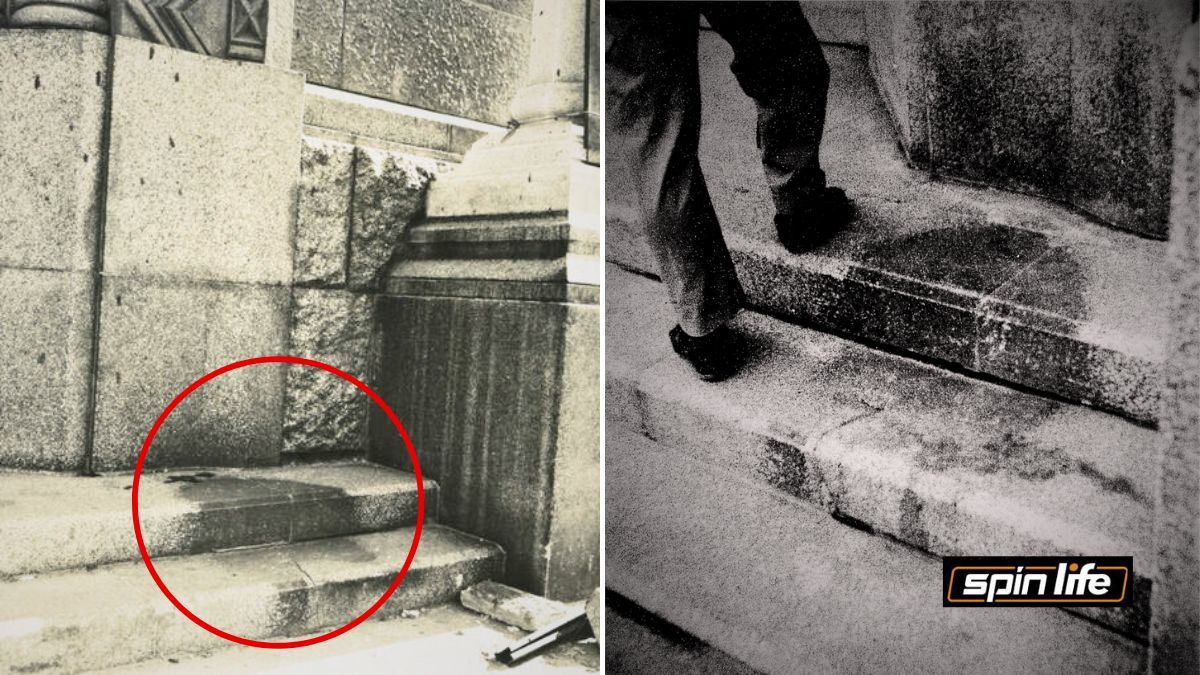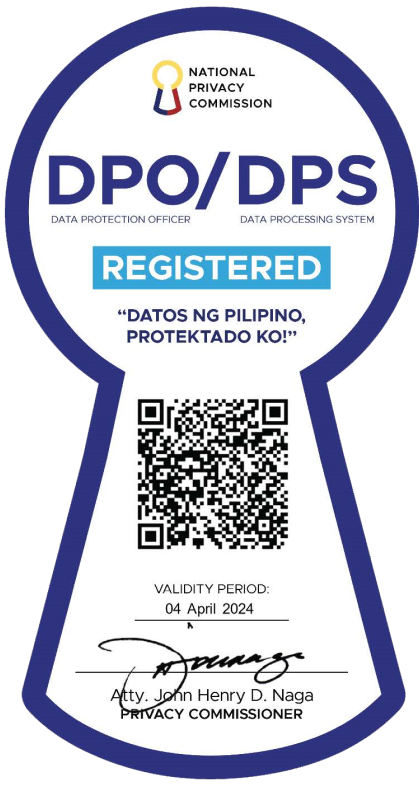Christopher Nolan’s critically acclaimed film Oppenheimer has renewed interest in the events that transpired during the tragic nuclear bombing of Japan’s Hiroshima and Nagasaki by the Americans. Those events mark the first and only time nuclear weapons were used during war.
The nuclear bombing of Hiroshima and Nagasaki are well-documented in films, textbooks, and museums, but one obscure yet heartbreaking reminder of the tragedy were the Blast Shadows—silhouettes of people scorched into the ground by the blazing light of the nuclear bomb as it exploded over Hiroshima, becoming the only traces of their bodies.
Hiroshima’s Blast Shadow
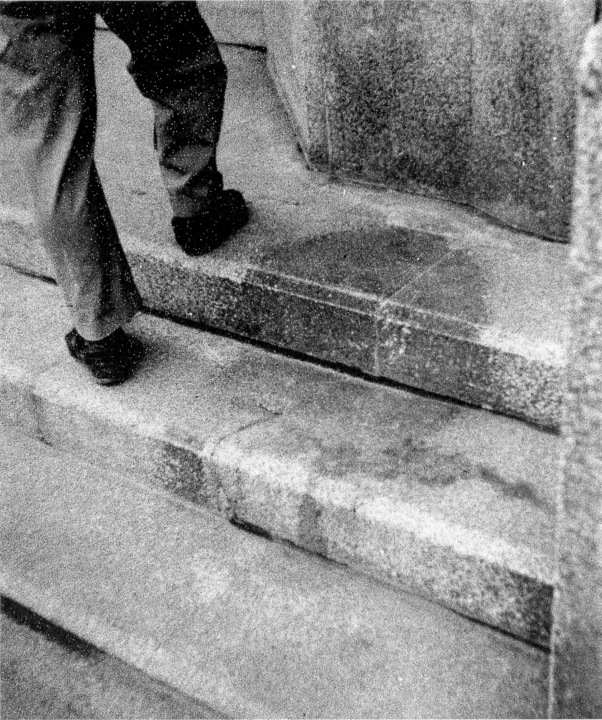
August 6, 1945. Enola Gay was 9 kilometers above Hiroshima when Little Boy was released. And 44.4 seconds later at 8:15 a.m., it exploded. Little Boy contained 64 kilograms of uranium-235. It was the first nuclear weapon used in warfare.
From above, the blast looked like a little cloud of Shiitake mushroom, expanding on the horizon. Below, it was all of the world’s horror compressed into a single time and place. The blast scorched everything in its radius—evil was efficient and did not discriminate.
The blinding light was more than a thousand times brighter than the sun, your eyes would sear in pain even when closed. But that could only happen if you were a little farther away from the center of the blast. People within the immediate area of the blast were instantly killed by 4,000 degrees Celsius of boiling light, leaving eerie traces of their bodies: Blast Shadows.
One victim was sitting outside the Hiroshima Branch of Sumitomo Bank, two blocks away from where Little Boy exploded. The Blast Shadow left of the person has become the most prominent of its kind. Decades later, the Hiroshima Peace Memorial Museum would carefully take the stone pieces marked with the shadow and preserve it in its halls.
Ground Zero: Hiroshima Before and After the Nuclear Explosion
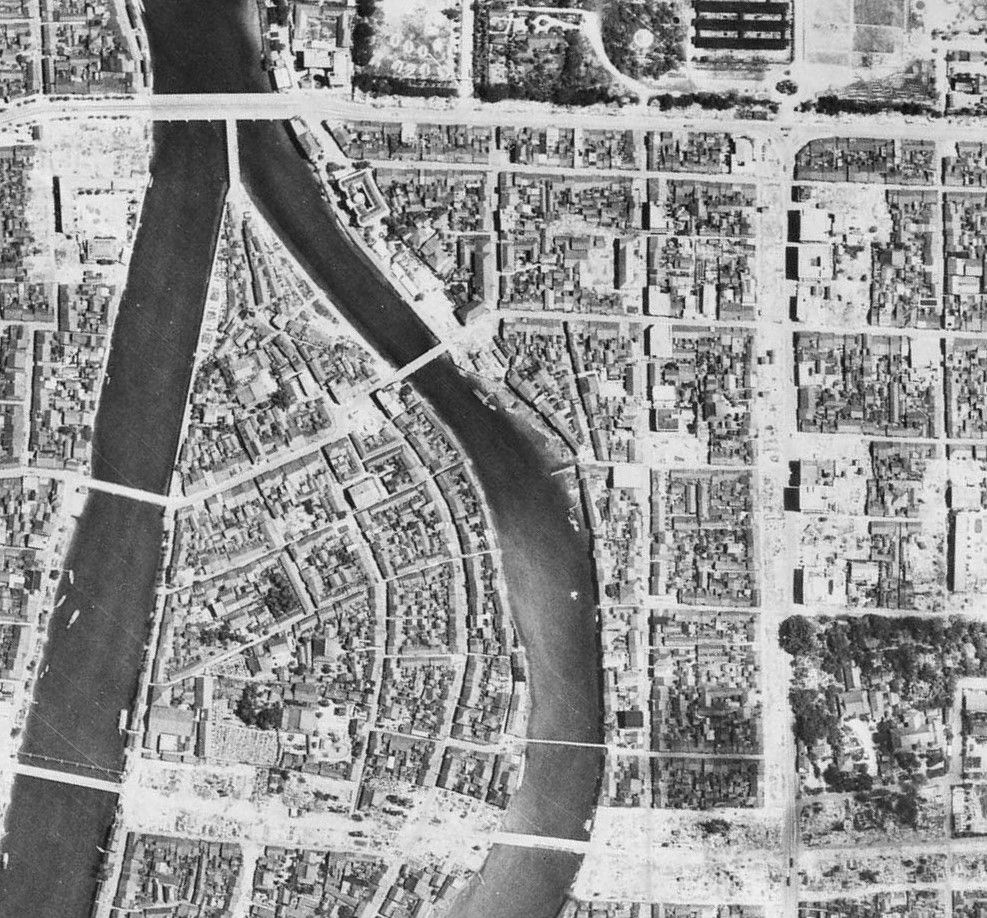
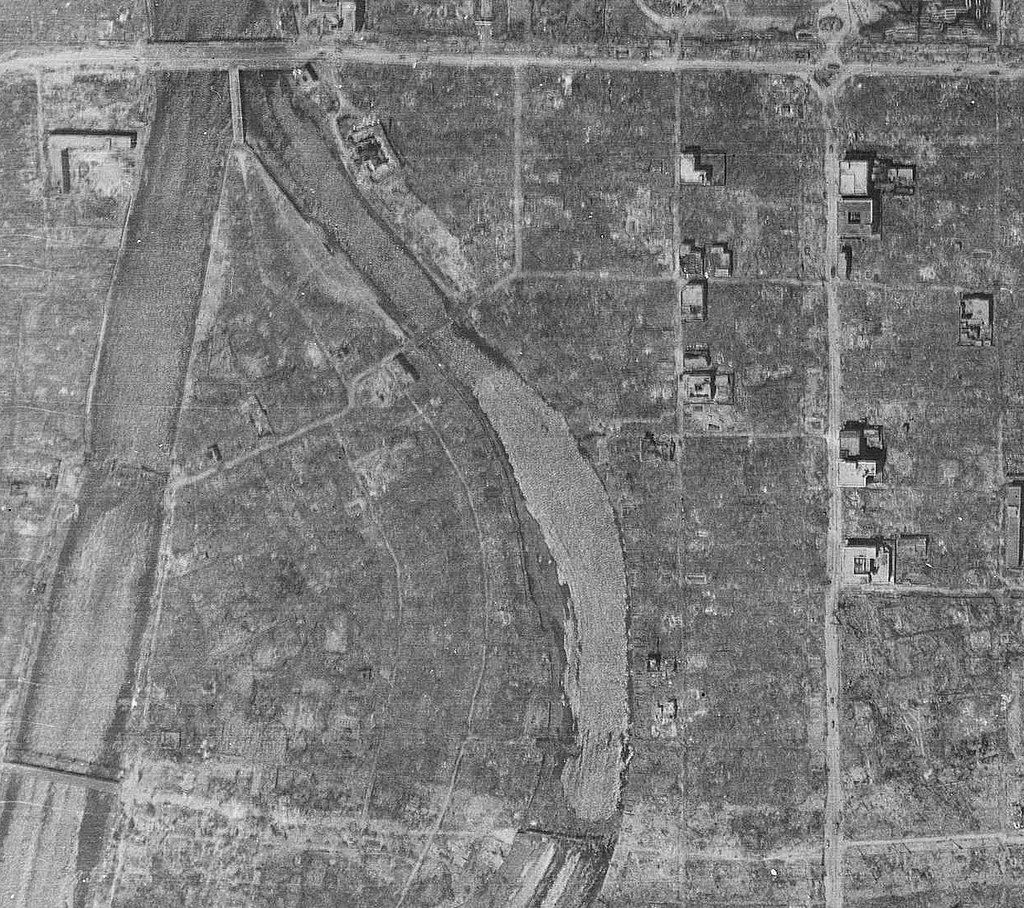
Location of the Blast Shadow at Sumitomo Bank

“The owner of the blast shadow is my mother.”
In 1971, moves to demolish the Hiroshima Branch of Sumitomo Bank prompted a survivor to come forward and plead with the government to preserve the Blast Shadow.
"The owner of the shadow is my mother," said Sachiko Ochi, then 69. "I was told that this figure might be my mother, Mitsuno Ochi (42 years old at the time)."
The Peace Memorial Museum initially refused, but eventually acceded to her request. "Every time the shadow faded, my mother seemed to move away from me,” said Ochi. “I'm glad that she is finally recognized. It was a good memorial service,” she added.
To date, it is uncertain who owned Blast Shadow. The museum exhibit states that "Several people have suggested that the person could be a member of their family."
The demolition of the bank proceeded in 1971 and the stones with the Blast Shadow was cut and donated to the museum. Today, the Blast Shadow is barely visible and has significantly faded since it was photographed in 1945.
Hiroshima Branch of Sumitomo Bank after the bombing. There was a Blast Shadow at the entrance.
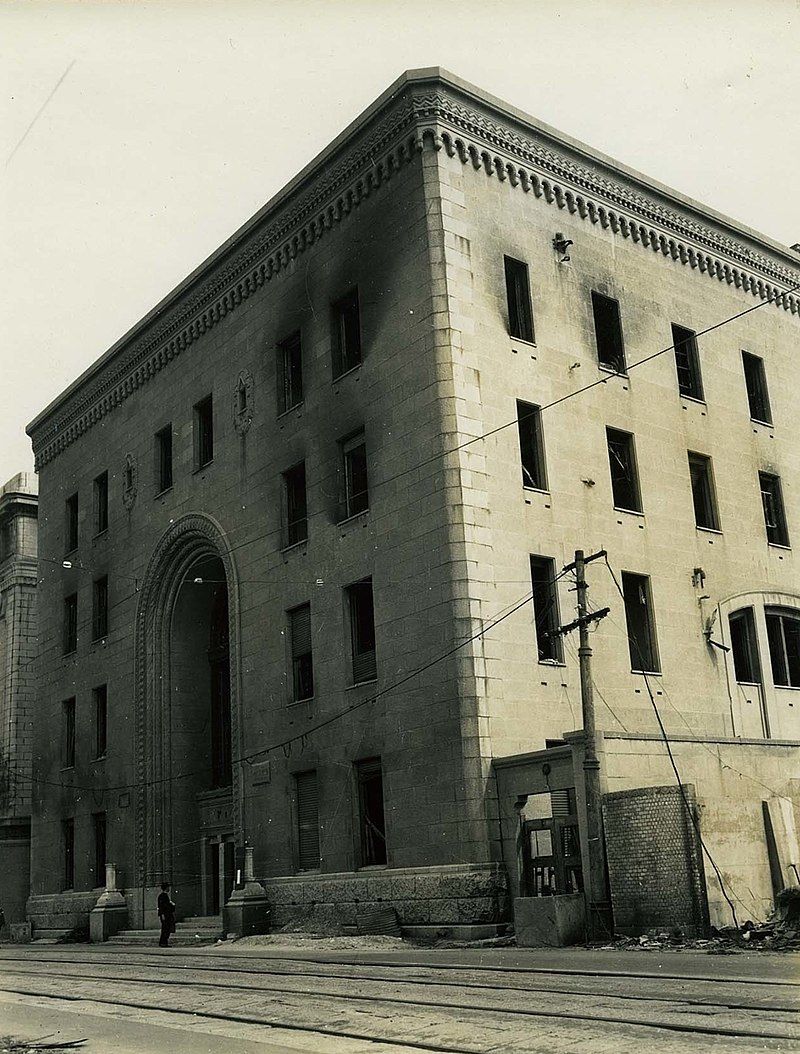
On that morning of August 6, 1945, the Sumitomo Bank in Hiroshima was just about to open. Some of its employees were already inside, while others were on their way to work when the nuclear bomb was dropped. The bank’s 29 employees were instantly killed, including those on their way to work. Some survivors of the blast died a few days later due to radiation sickness.
According to Hiroshima City’s archives, passersby took refuge in the building because it was close to ground zero. A large number of bodies were recovered inside the building during the search and recovery operations.
ALSO READ:
These 4 brothers doing massive cleanup projects go viral
These boulders in front of the National Museum are from Mayon’s most destructive eruption in history
Other 'Blast Shadows' of Hiroshima
A common misconception about the Hiroshima Bombing is that Little Boy exploded upon contact with the ground. Actually, it exploded 1,900 feet above the ground—making it even more damaging.
The Sumitomo Bank was located just 800 feet from the blast center. Around it, other Blast Shadows also occurred. Below are more photos of these powerful reminders of an event that should never happen again.

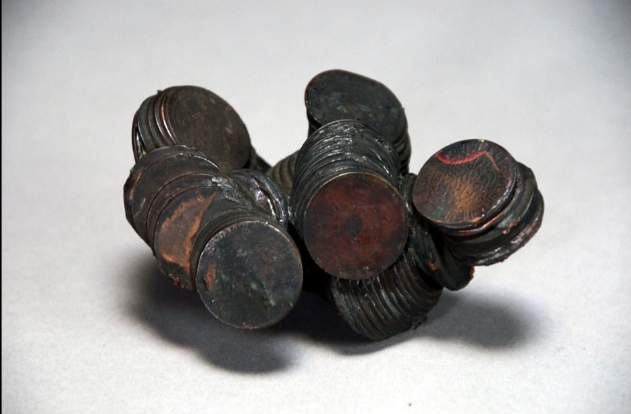
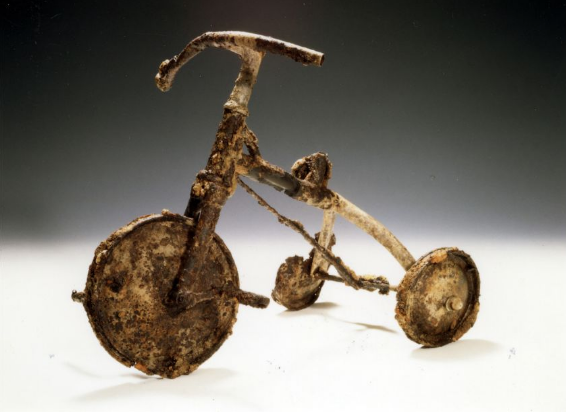

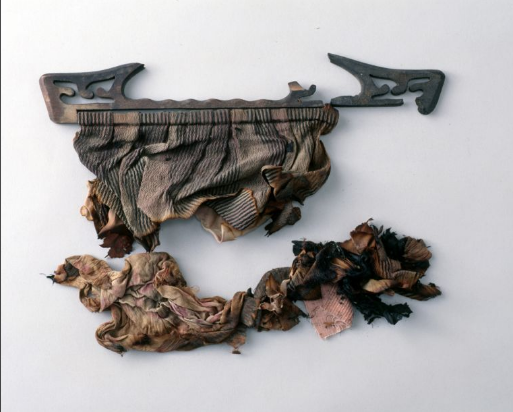
For more stories about life beyond sports, visit Spin Life.
Sources:
Hirsohima Peace Media. (1997). “Names Added to Human Shadow Stone.”
Hiroshima City. (2005) [1971]. 広島原爆戦災誌 (PDF) (in Japanese). Vol. 3. Hiroshima City. pp. 149–152. Archived from the original (PDF) on 2021-07-17.
Piper, Ingrid | CNN. (2015). Have the ashes of Hiroshima taught the world anything?
Get more of the latest sports news & updates on SPIN.ph
